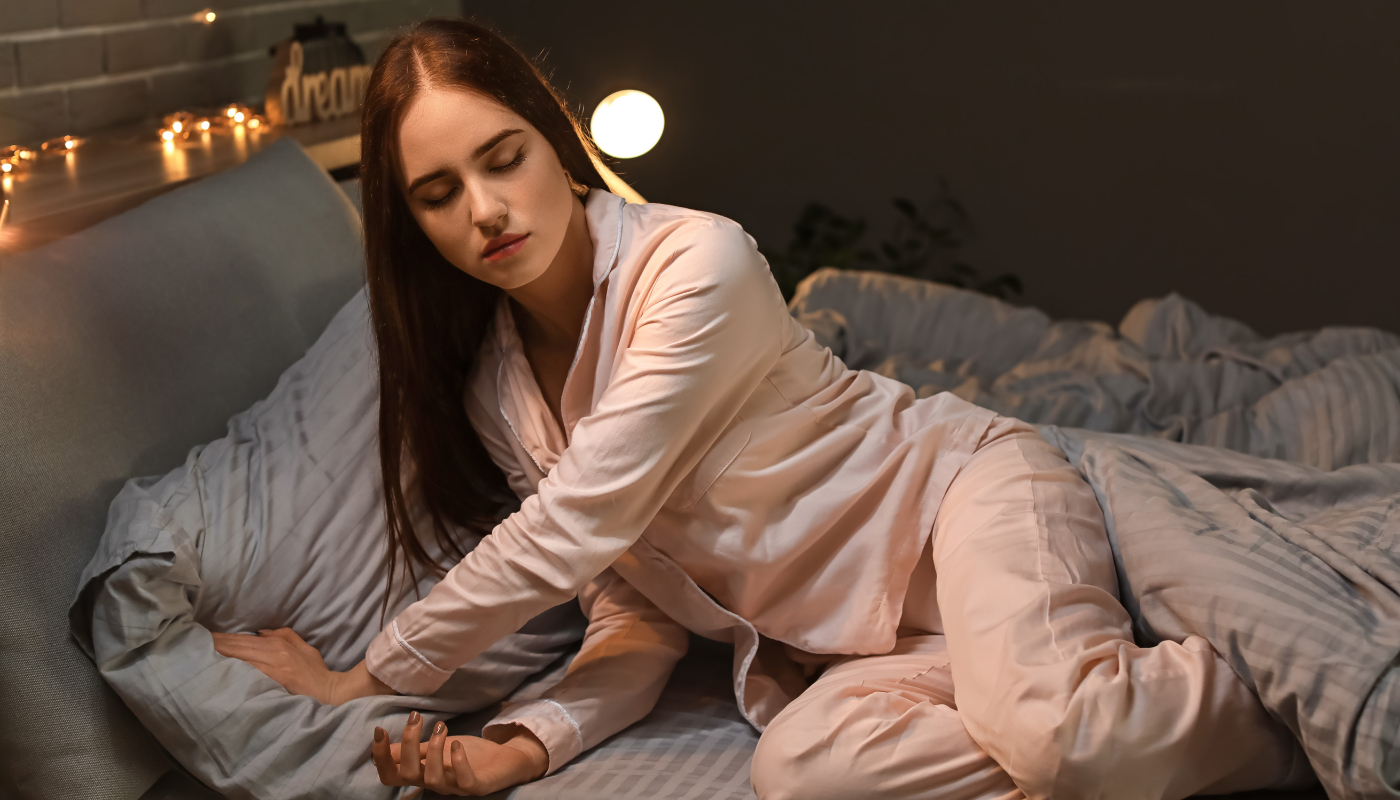Sleepwalking: what is it and how does it affect day-to-day life?
Discover what sleepwalking is, its causes and symptoms, and how it affects adults. Learn how to identify and manage this sleep disorder.
KNOW YOURSELF
Share

What is sleepwalking?
You have probably heard of sleepwalking, but what is it? Sleepwalking is a sleep disorder that occurs when the affected person performs some activity or walks while asleep in such a way that they are not aware of what they are doing. This disorder occurs during non-REM sleep, stage 3 of the sleep cycle, also known as ‘deep sleep’, which corresponds to the first hours of sleep. It’s more common in children than in adults and tends to run in families.
Although sleepwalking is not a serious disease as long as the affected person is not in danger or doesn’t pose a threat to the people around them, it’s an important pathology and should be treated with caution. Not surprisingly, people suffering from sleepwalking can move furniture, go to the bathroom, get dressed or, in extreme cases, perform dangerous activities such as driving a car while they are asleep. The duration of a sleepwalking episode may be brief or last up to a little over 30 minutes. A patient with this condition may return to sleep normally after the episode, although they may do so in an unusual or different place.
Symptoms of sleepwalking
The most common sleepwalking symptoms are as follows:
- Confusion and disorientation upon awakening.
- Absent facial expression or a blank stare.
- Incoherent or minimally responsive speech.
- Open eyes: open and glassy.
Although it doesn’t always happen, the sleepwalker may behave aggressively if awakened by another person. Among other symptoms of sleepwalking, the person suffering from it doesn’t remember the episode when they wake up, so much so that most of the time they find out about it through a family member.
To detect sleepwalking, it’s not necessary to perform any type of test, although, some type of diagnostic method may be used to detect other types of disorders, such as seizures. It’s also possible that the person may undergo a mental health examination to assess whether this pathology is related to anxiety or stress.
Causes of sleepwalking
Anxiety, lack of sleep or fatigue are some causes of sleepwalking. Other risk factors play a role, such as alcohol, sedatives and medication or mental disorders. Genetics and family history, obstructive sleep apnoea or restless legs syndrome are also related to sleepwalking.
As for ways to prevent it, avoiding alcohol consumption, antidepressants and sleeping well (trying to avoid insomnia) are effective ways to deal with sleepwalking. Reducing or minimising stress, anxiety or conflicts that may lead to sleepwalking are also good ideas.

What are the consequences of sleepwalking in adults?
Sleepwalking in adults can have both physical and emotional consequences. Not only are they at risk of falling or injuring themselves during these episodes, but because the sleep cycle is interrupted, sleepwalking generally causes fatigue and drowsiness, which can also affect performance in daily activities. This is compounded by problems such as stress, irritability or reduced quality of life in general.
More severe cases of sleepwalking may result in the person needing supervision at night to avoid injury or accidents. This can place a burden not only on the person suffering from it, but also on the people around them.
Can a sleepwalker be awakened?
This is one of the most common questions: can sleepwalkers be woken up? Most experts advise against waking sleepwalkers abruptly because, as they are not fully aware of their situation, it can cause fear, confusion and even anger. Instead of waking a sleepwalker, it’s often preferable to resort to other safety measures, such as moving objects, furniture or wires to reduce the risk of falling, or to gently bring them back to bed so they can continue sleeping. Of course, it’s also advisable to block access to stairs, for example.
In any case, sleepwalking doesn’t usually require active treatment, because the episodes are rare and pose little risk. Moreover, they become less frequent as the sleepwalker ages and sometimes disappear on their own without any specific therapy. In other cases, it may be necessary to administer tranquilisers to help reduce these episodes. For all these reasons, it’s a good idea to have a specialist in the matter to determine the best solution.






